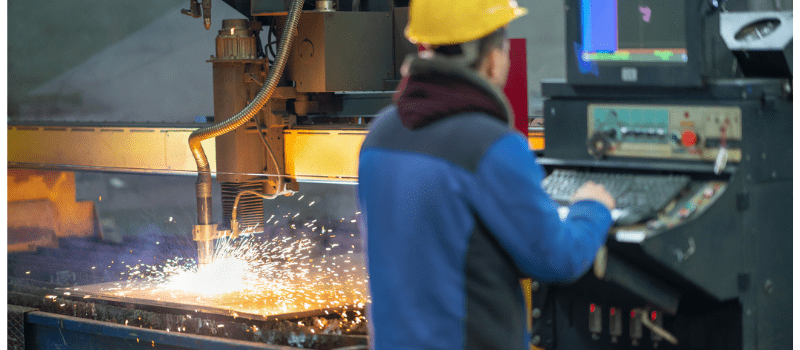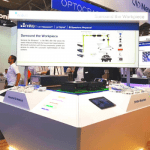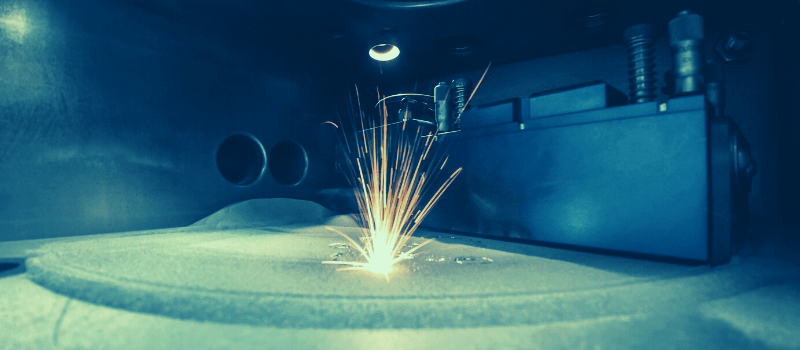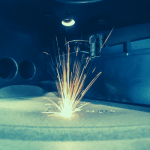We are happy to introduce a new F150(200)A-CM-16 sensor, that recently joined Ophir’s catalog. This is Ophir’s second sensor based on the newly developed CM absorber, and it shows superior performance in some of its main parameters compared to its older sibling. In the following blog post, we will focus on several of its key specifications and some of its advantages.
The main characteristics of the F150(200)A-CM-16 sensor are that it has a 16 mm aperture and can measure laser light in the wavelength range of 248 nm to 9.4 mm. This sensor has a similar form factor to Ophir’s F80(120)A-CM-17 sensor (see Fig. 1), but due to its unique design it is capable of measuring higher power levels: up to an average power of 150 Watts in continuous wave (CW) mode and up to 200 W intermittent mode (not exceeding 1 minute). It can withstand a CW power density of up to 100 KW/cm2, depending on the exact laser parameters.
The sensor is supported by all Ophir meters (e.g., Centauri, Juno) to allow easy integration with existing Ophir equipment.

The advantages of Ophir’s new CM absorber as manifested in this sensor are several: first, it has a relatively flat spectral response spanning all the way from 248 nm up to 9.4 mm. To ensure it meets the highest standards, its absorption was measured with Ophir’s NIST-traceable calibration equipment and the responsivity curve is stored in the sensor’s memory, allowing for accurate wavelength-dependent measurement for most laser wavelengths available in the market today.
Second, our tests showed that the CM absorber is best suited to measure CW lasers and high repetition rate pulsed lasers with low energy per pulse and high instantaneous power.
Ophir’s new CM absorber was shown to handle well light in the highly used UV-A range (between 320 to 400 nm), making this sensor ideal for measuring average powers of up to 200 Watts even for pulsed lasers with very short pulse durations (just don’t forget to turn on the fan and keep track of the time when pushing it to its limit!).
For more information and the full specs, please check our website!












Leave a Reply
Your email address will not be published. Required fields are marked *